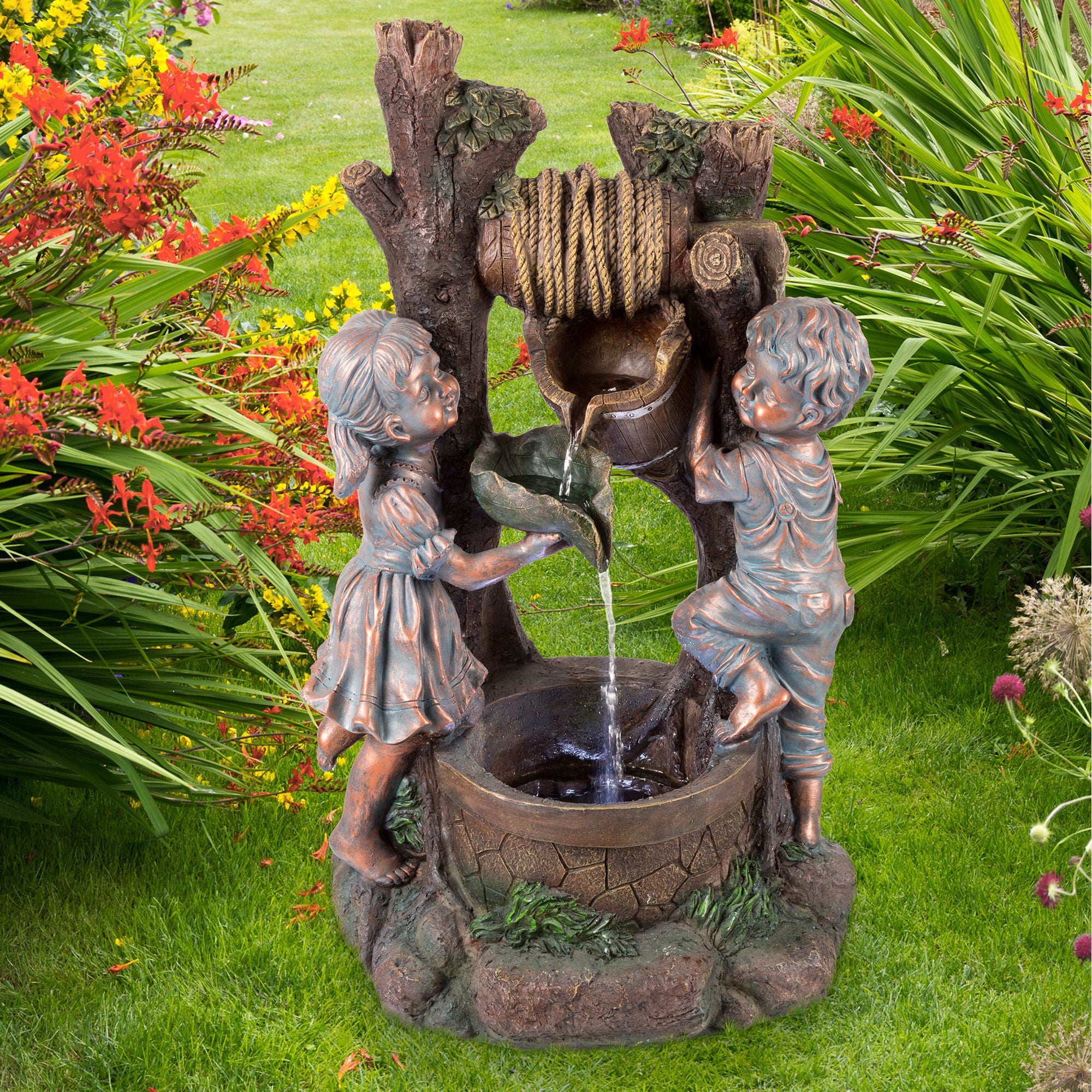Table Of Content
- Enhance Your Roof: Can I Install A Metal Roof Over Existing Shingles? Unveiling the Pros and Cons
- Mansard roof images that translate to real-life updates!
- Is a mansard roof the right choice for your home?
- What Is The Best Waterproofing For Roofs?
- Design Variations of Mansard Roofs
- Is Mansard Roof great for small houses?
- Mansard Roof vs. Gambrel Roof

They can offer you extra living space while making your home more energy-efficient, resilient, and weatherproof. Expansion of the interior spaces are one of the best reasons for a mansard roof. When you add a mansard roof, you are not limited in what you can put in the additional living space from a master bedroom to bright artists studios. The mansard roof style is an example of how architectural design is important for both form and function. This roof style, also called a curb roof or a French roof, takes its name after Francois Mansart, a famous French architect.
Enhance Your Roof: Can I Install A Metal Roof Over Existing Shingles? Unveiling the Pros and Cons
This is because the lower slope can be fitted with dormers – small, square windows that project from the sloping roof. Dormers not only provide natural light and ventilation to the upper level, but they also add character to a home’s appearance. Have you ever walked down the street and seen a roof with two distinct slopes? These kinds of roofs are known as mansard roofs and they provide a lot of additional attic space without having to get too involved with adding additional floors. The design of a Mansard roof, characterized by its nearly vertical lower slope, lends itself well to expansions and modifications. This feature allows for a more feasible addition of floors as compared to other common roofing styles like Gable or Hip roofs.
Mansard roof images that translate to real-life updates!
As the roof is combined with two slopes on each side, its lower slope makes the steeper angle than the upper one and also comes with multiple dormer windows. So, you will experience a comfortable and spacious area with few restrictions and a fantastic attic. This modern loft living space features everything you need in a personal living area.
Is a mansard roof the right choice for your home?
However, Normandy and Provençal homes do not have the exuberance of Second Empire architecture, nor do they evoke the sense of imposing height. Undoubtedly, mansard roofs have stood the test of time and are now, centuries later, architectural heritage. These days, a single mansard roof space can become an open space office, as people often take advantage of the extra square footage to create a sensible, secluded workspace. The flat roof can be fitted with large skylights, making this space incredibly bright and perfect for pretty much anything. Asphalt shingles or metal tiles are options as well but although they may be cost-effective, some experts caution that asphalt shingles may be too heavy for a mansard roof's slope. These roofs allow for flexibility in architectural design, accommodating various window types and decorative elements.
What Is The Best Waterproofing For Roofs?
As with any roof style, mansard roofs have pros and cons, so talk to a professional roofing contractor who can help you determine if a mansard style is right for your home. They can also help you identify the right roofing materials if you're looking to modernize an existing mansard roof. One of the reasons for the mansard roof's popularity is that it can transform typically unusable attic areas into functioning, livable spaces. This is because the design offers more headroom and the dormer windows bring in natural light. Asphalt shingles are among the most common choices due to their affordability and versatility.
Design Variations of Mansard Roofs
Slowly, it was accepted in many other Western countries such as Canada, the United States of America, and so on. The first documented use of the mansard roof was in 1546 by Pierre Lescot on the south-west wing of the Louvre museum. This roof structure became more popular in the 17th century and then again during the Second Empire under the rule of Napoleon III in France. Choosing the right color and texture for roofing materials can enhance the building’s overall aesthetic and complement its surroundings. Regular maintenance is crucial, especially for roofs with wooden elements or intricate designs, to prevent leaks and structural damage.
Mansard Roof vs Gambrel Roof
By comparison, it is a lot more difficult to do the same on a mansard roof that is already completely built because there is no longer any easy access to the target space. Generally speaking, yes, a mansard roof can be replaced or changed with either a new mansard roof or some other design of your choice. The only limiting factor to this, really, is the cost; as such, you will want to weigh your options carefully.

The roof over your head has to not only give your home the protection it needs, but also the looks and features that you want to have. The Butterfly House by Feldman Architecture in California allows for expansive views on either end of the house because of the butterfly roof shape. The tallest Second Empire building in the USA was the Philadelphia City Hall, designed by John McArthur Jr. and Thomas U. Walter. After it was completed in 1901, the soaring tower made Philadelphia's City Hall the world's tallest building.
Typical features include quoins at the corners to define elements, elaborate dormer windows, pediments, brackets, and strong entablatures. There is a clear preference for a variation between rectangular and segmental arched windows; these are frequently enclosed in heavy frames (either arched or rectangular) with sculpted details. Another frequent feature is a strong horizontal definition of the facade, with a strong string course. Particularly high-style examples follow the Louvre precedent by breaking up the facade with superimposed columns and pilasters that typically vary their order between stories. Vernacular buildings typically employed less and more eclectic ornament than high-style specimens that generally followed the vernacular development in other styles.
The Victorian Second Empire style home, well-known on opulent public buildings, was the lure. When Napoleon III ruled France (1852 to 1870), Paris became a city of grand boulevards and monumental buildings. The Louvre was enlarged, sparking a new interest in the tall, majestic mansard roof. The segmental dormers on this home are much larger, with room for three-wide windows. As with the home above, we carried design elements throughout this home’s design.
In the modern era, not many roofing experts are familiar with the Mansard roof, hence repairing them will not only be a costly affair but finding the right roofing expert will also be a great hassle. The difference between a gambrel and a Mansard roof is that where a Mansard roof slopes down on all sides, a gambrel roof only slopes down on two sides. If you love a property with a unique look and want to maximize your living space, a Mansard roof can be the perfect crowning touch for your home. The S-shape, or serpentine, Mansard roof forms the shape of the letter S by first curving inward before reversing direction and curving out at the top. This is a highly complex roof design with visual interest, but it will cost more upfront and require more maintenance.
The bottom slope is exceptionally steep and often almost vertical, presenting a striking contrast. Dormer windows in the bottom slope often mirror the angular shape of the roof, adding aesthetic value and increasing natural light for your home. In America, the Second Empire architectural style quickly became a standard for federal, city, and state government buildings and was eventually adopted for use in hotels and residential buildings. At the height of its popularity in the U.S., mansard roofs were found on many types of homes, ranging from mansions to various residential homes to stables. The mansard roof first appeared in Paris during the 16th century but didn’t gain its formal name until it was popularized in the 17th century by architect François Mansart. One of the most well-known architects of his time, Mansart became famous for applying classical details to various buildings.
Brooklyn Development: Macy's Mansard Roof Temporarily Disappears - Brownstoner
Brooklyn Development: Macy's Mansard Roof Temporarily Disappears.
Posted: Mon, 25 Sep 2017 07:00:00 GMT [source]
The result is lovely and ties in with the style of the front and back porch columns. Furthermore, the metal roofing on the front porch and garage door awnings and the pergola over the back patio provide a welcome variety of texture against all of that shingling. This duplex has a lot of roof and a unique dormer setup, with two separate windows split up by siding. One benefit of a metal roof for mansard roofs is it’s easier for snow or rain to slide off of the top, less steep portion than with shingles. Traditionally, mansard roofs were covered with slate tiles, which could be precisely positioned by the roofer to facilitate water drainage and also provide an aesthetically pleasing look. And, if you want to maximize living space by also adding a floor, then Mansard designs are the most accredited in 2021.
One famous architect who used mansard roofs is Richard Morris Hunt, an American architect who designed the Biltmore Estate in North Carolina. Overall, while each roofing design has its own unique characteristics and benefits, the mansard roof stands out for its double-sloped design and increased living or storage space. The upper slope of the Mansard roof can absorb sunlight and send that warmth into your attic space in colder months.
It is named after the French architect François Mansart, who popularized the design in the 17th century. The mansard roof is a distinctive and elegant roofing design that has been used extensively in French and American architecture. The upper slope of the roof may not be visible from street level when viewed from close proximity to the building.
Mansard roofs can be constructed using a variety of materials, including slate, asphalt, wood shingles, and metal. Interestingly, in Europe, Mansard can also refer to the attic space and not just the roof structure. So stay tuned to find out everything you need to know about the Mansard roof. The process is topped off with the installation of the roof sheathing (explore the considerations for choosing roof sheathing thickness), shingles, flashing, and trim that complete the mansard roof.












